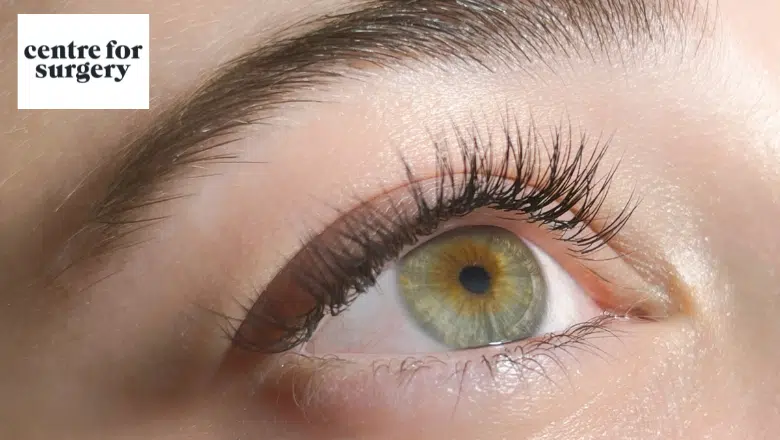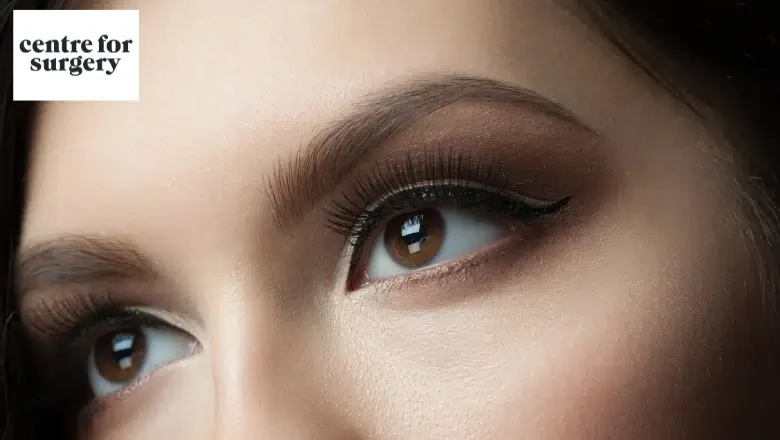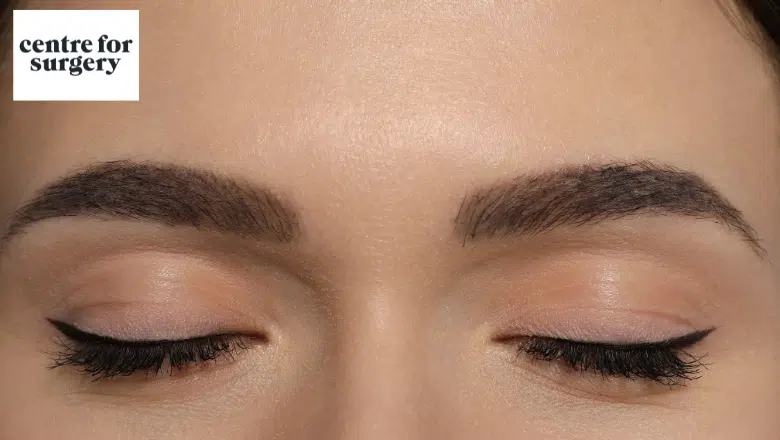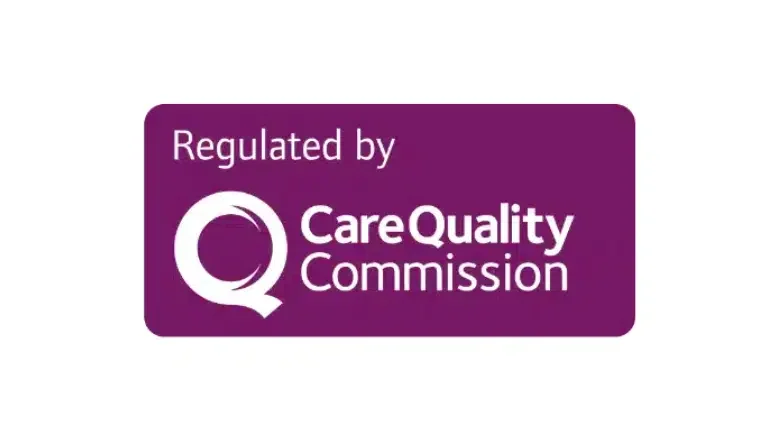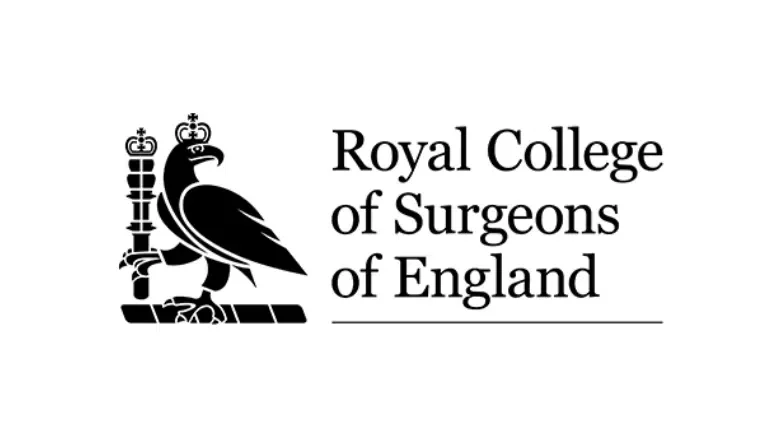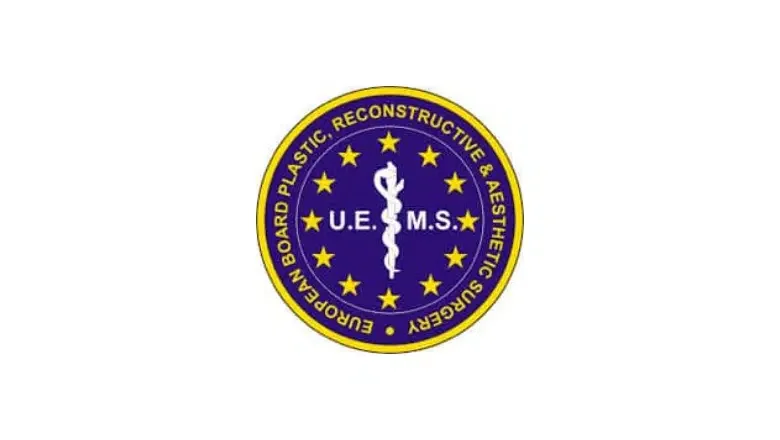How to Address Blepharoplasty Lumps After Eyelid Lift Surgery
The appearance of your eyelids plays a significant role in the overall aesthetics of your eyes. Saggy lower eyelids can create the impression of under-eye hollows and bags, while excessively thick upper eyelids may result in a hooded look. To address these concerns, you may opt for blepharoplasty, also known as eyelid surgery.
Centre for Surgery is a leading plastic surgery clinic in the UK, specialising in eyelid lift surgery. Our surgeons possess extensive knowledge of facial anatomy and utilise various surgical and non-surgical techniques to help patients achieve their desired appearance.
RELATED: Eyelid Surgery FAQs – Q&A about Blepharoplasty
Understanding the Blepharoplasty Procedure
A blepharoplasty procedure is a cosmetic surgery that removes excess skin from the upper and/or lower eyelids, aiming to rejuvenate the appearance and eliminate a tired look from the eyes. The development of excess, saggy skin is mainly due to the natural ageing process.
As we age, the levels of elastin and collagen in our bodies decrease, leading to a loss of skin structure and elasticity. This effect is particularly pronounced in the delicate skin around the eyes and neck, which are often the first areas to show signs of ageing.
Who is a Suitable Candidate for a Blepharoplasty Procedure?
There are several primary reasons individuals choose to undergo a blepharoplasty procedure, including:
- Excess skin on the upper eyelids causing restricted peripheral vision
- Excess skin on the lower eyelids
- Under-eye bags
An ideal candidate for a blepharoplasty procedure is someone experiencing one or more of these issues. In addition, there are other criteria that an ideal candidate should meet, such as:
- Being in good physical and mental health
- Being a non-smoker, or willing to quit smoking at least six weeks before the surgery
- Being aware of the potential complications of the procedure
- Opting for the surgery based on personal reasons and not merely to conform to a trend
Ensuring that you meet these criteria increases the likelihood of a successful blepharoplasty procedure, which can help you achieve a more youthful and refreshed appearance.
Benefits of Blepharoplasty
Blepharoplasty offers numerous medical, aesthetic, and psychological benefits. Individuals who are unhappy with their saggy eyelids or eye bags may experience diminished self-confidence, which can negatively impact their personal lives and social interactions.
Undergoing eyelid surgery can significantly boost self-esteem, helping them feel more confident in their appearance. This newfound confidence often translates to a more active social life and improved personal relationships.
Eye bags typically develop due to decreased elastin and collagen levels in the skin, which causes a loss of elasticity and firmness. This issue is exacerbated by weakened muscles surrounding the eyes, leading to discomfort or even pain.
Additionally, saggy eyelids or eye bags can impair vision, particularly peripheral vision. Obstructed views from the sides can make it challenging to see clearly. Extremely hooded eyelids may also detract from the overall aesthetic appeal of the eyes.
Blepharoplasty can address these issues by removing excess skin from the upper and/or lower eyelids, restoring a more youthful and refreshed appearance. This procedure not only enhances the aesthetics of the eyes but also improves vision by eliminating obstructions caused by sagging skin.
Lumps and Bumps Following a Blepharoplasty Procedure
It is not uncommon to notice lumps and bumps after a blepharoplasty procedure. The skin on the eyelids is quite thin, which can make even the smallest irregularities more visible. There are several reasons behind the appearance of these bumps, including:
- Normal healing process: In some cases, lumps and bumps are a normal part of the healing process after surgery. They may resolve on their own over time as the tissues heal and swelling subsides.
- Sutures: Lumps may form around sutures used in the surgery. These usually resolve as the sutures dissolve or are removed.
- Scar tissue: Formation of scar tissue can also lead to bumps, especially if the scarring is more significant in some areas than others.
- Hematomas or seromas: Accumulation of blood or fluid underneath the skin can cause lumps. These may require drainage or other medical intervention.
- Infection: In rare cases, an infection can cause swelling and bumps at the surgical site.
If you notice a lump or bump on your eyelid after blepharoplasty, it is crucial to consult your plastic surgeon. Do not attempt to pop or poke the bump, as this can exacerbate the issue and, in some cases, negatively impact your surgical results.
RELATED: Eyelid Lumps and Bumps
While many bumps may resolve on their own as part of the natural healing process, some may require medical intervention to address underlying issues. Always follow your surgeon’s advice and post-operative care instructions to ensure the best possible outcome from your blepharoplasty procedure.
RELATED: Recovery After Eyelid Surgery – Top Tips
What Leads to Lumps Following Blepharoplasty?
The primary reason for a bump emerging after a blepharoplasty procedure is the development of scar tissue. It’s crucial to note that the incision scar may initially appear worse, often resembling a raised, red bump before it starts to heal. Such bumps typically do not require any specific care or treatment. Your surgeon will provide you with guidelines for incision care before you leave our Baker Street clinic.
As the scar heals, so will the bump. However, the scar might take up to four months to heal entirely. During this period, you can aid the healing process by moisturising daily to help soften the scar.
Once the incision has fully healed, a keloid—an excessive growth of scar tissue after the incision—may develop. While these can be unappealing and may necessitate revision surgery for removal, they are a rare complication of eyelid surgery.
Other potential causes for bumps include:
- Sutures utilised during the procedure
- Adverse reactions to the healing gel applied
- Microorganism growth
- Accumulation of foreign substances due to ointments used
Types of Eyelid Lumps
The lumps that may develop after a blepharoplasty procedure can be categorized based on their underlying cause. As previously mentioned, there are various reasons for these lumps to form. The different types of lumps include:
- Haematoma: This refers to an accumulation of blood, which is a typical reaction after any surgical procedure, not just blepharoplasty.
- Seroma: This results from fluid accumulation around the incision site and is another common reaction after most surgical procedures.
- Stye or chalazion: This type of lump is caused by a blocked oil gland. It is prevalent among those who have never had eye surgery, and often, antibiotic eye drops alone are sufficient for treating the condition.
- Fat nodule: This kind of bump occurs under two circumstances. First, it happens after eyelid surgery only if you had fat grafted into the area. Secondly, it can occur if you have high cholesterol; these kinds of bumps can form even in those who have not undergone eye surgery.
- Abscess or other forms of bacterial infection: Infection at the incision site is the most common complication of all surgical procedures. When a bacterial infection progresses into an abscess, it can appear as a bump, often with pus.
Management of Lumps after Blepharoplasty
The treatment for lumps depends on their specific cause. As previously mentioned, if the lump is due to scar tissue, moisturising and massaging the area can be sufficient for proper treatment. A moisturizer will soften the scar tissue, making it easier for the lump to dissolve completely.
Before massaging the scar tissue, wait until the sutures have been removed and the scab has fallen off. Then, massage the area in circular motions using the soft parts of your fingers.
Other treatment options based on the cause of the lumps include:
-
- Haematoma: Applying a dissolving gel can help eliminate the haematoma. Massaging the area to improve circulation may also be helpful.
- Seroma: Proper massage can help remove the fluid accumulation from a seroma.
- Stye: A stye can be treated with antibiotic eye drops or, in some cases, surgically excised.
- Fat nodule: A fat nodule usually needs to be surgically removed. Prompt treatment is necessary to prevent any complications.
- Abscess: An abscess needs to be drained for the best results, followed by a course of antibiotics to ensure the bacterial infection is completely treated. If not drained properly, the infection can recur and lead to further complications.
At Centre for Surgery, our skilled surgeons are dedicated to providing the highest standard of care and continue to achieve the best possible outcomes for our patients. We understand that each individual’s healing process is unique, and we are committed to providing personalised care and support throughout your blepharoplasty journey.
By closely adhering to your surgeon’s post-operative instructions and maintaining open communication, you can effectively manage and treat lumps that may arise after eyelid lift surgery. Rest assured that our team at Centre for Surgery is dedicated to helping you achieve the aesthetic results you desire, while ensuring your safety and well-being at every step of the process.
FAQs about Blepharoplasty Lumps
How long do bumps last after eyelid surgery?
The duration of bumps after eyelid surgery depends on their cause. In most cases, bumps related to scar tissue and swelling will resolve within a few weeks to a few months. However, if the bumps are due to other causes like infection or fat nodules, the duration may vary depending on the treatment provided.
How do you get rid of lumps after blepharoplasty?
The treatment for lumps after blepharoplasty depends on their specific cause. Massaging and moisturizing the area can help with scar tissue-related lumps. For other causes like haematoma, seroma, stye, fat nodule, or abscess, the treatment varies and may include dissolving gels, massages, antibiotics, or surgical intervention.
How do you massage scar tissue after blepharoplasty?
Wait until sutures are removed and the scab has fallen off before massaging the scar tissue. Use the soft parts of your fingers and gently massage the area in circular motions. This can help soften the scar tissue and promote healing.
Can you get keloids from blepharoplasty?
Keloids are a rare complication of eyelid surgery, but they can sometimes occur. They are excessive scar growth after the incision has healed and may require revisional surgery for removal.
Does massaging a seroma help?
Massaging a seroma can help disperse fluid accumulation and promote its absorption by the body. However, further intervention like needle aspiration or surgical drainage may be required in some cases if the seroma doesn’t resolve with massage alone. It’s crucial to consult your surgeon for proper guidance and management of a seroma after blepharoplasty.
Are you awake during blepharoplasty?
Blepharoplasty can be performed under local anaesthesia with sedation or general anaesthesia, depending on the extent of the surgery and patient preference. If the procedure is done under local anaesthesia with sedation, you will be awake but drowsy and comfortable during the surgery. In general anaesthesia cases, you will be fully asleep and unaware of the procedure. Your surgeon will discuss the best anaesthesia option for you during the consultation.
Call us to book a consultation at Centre for Surgery today
